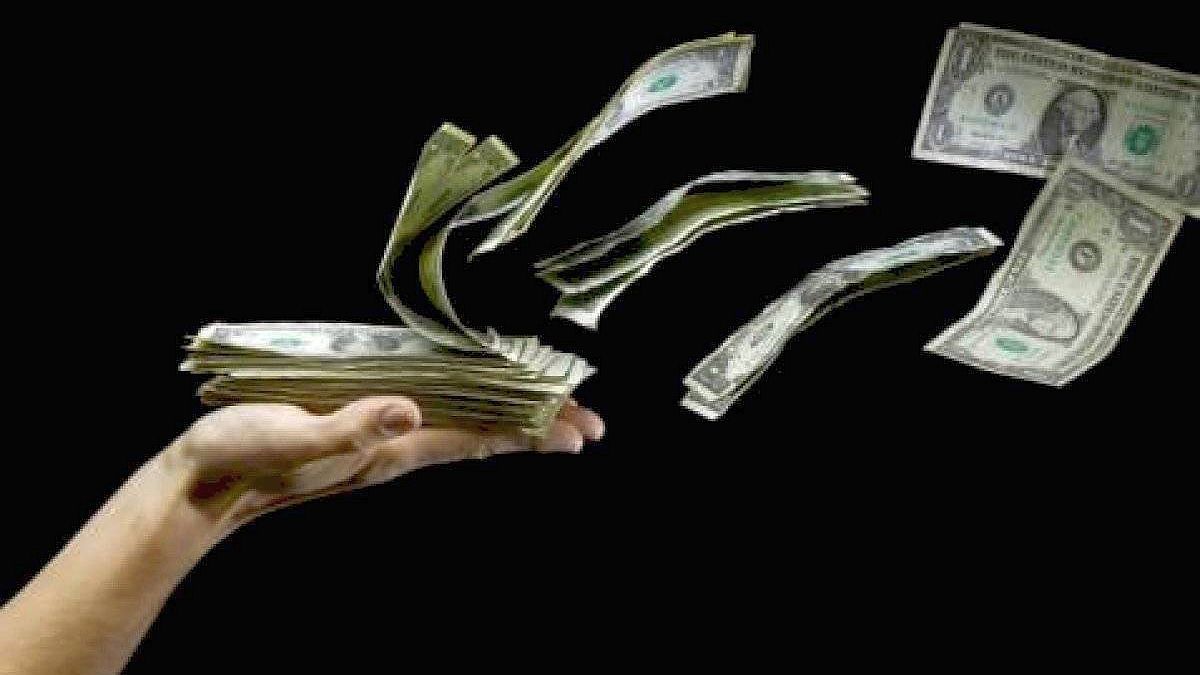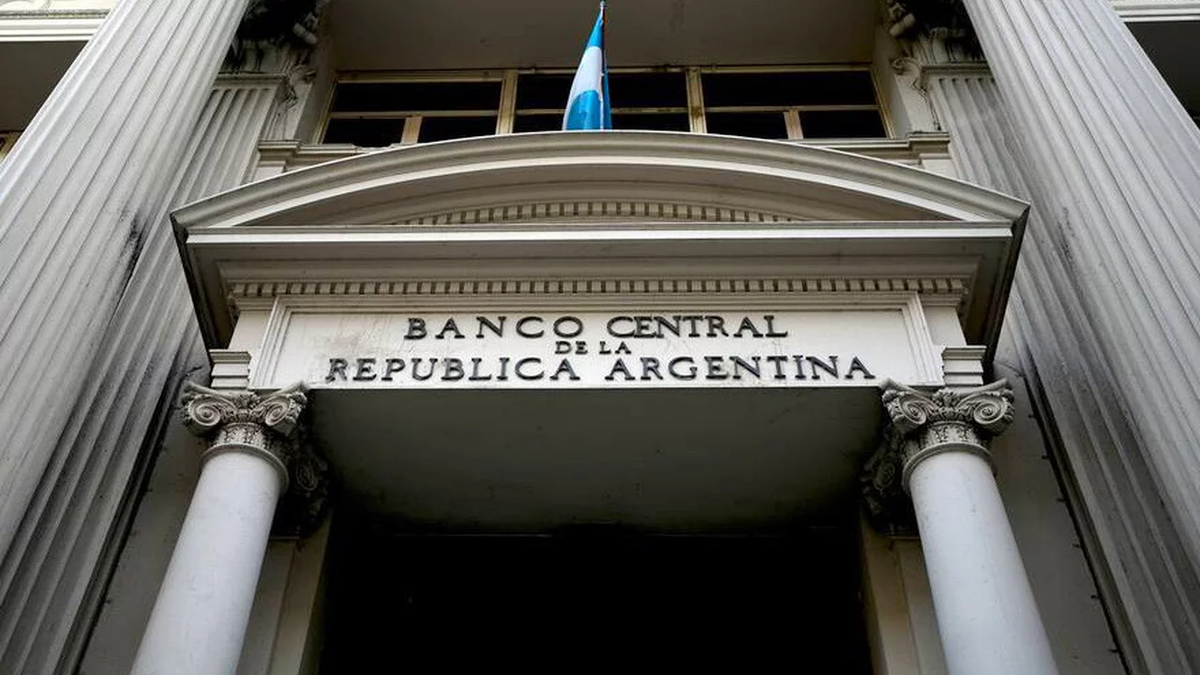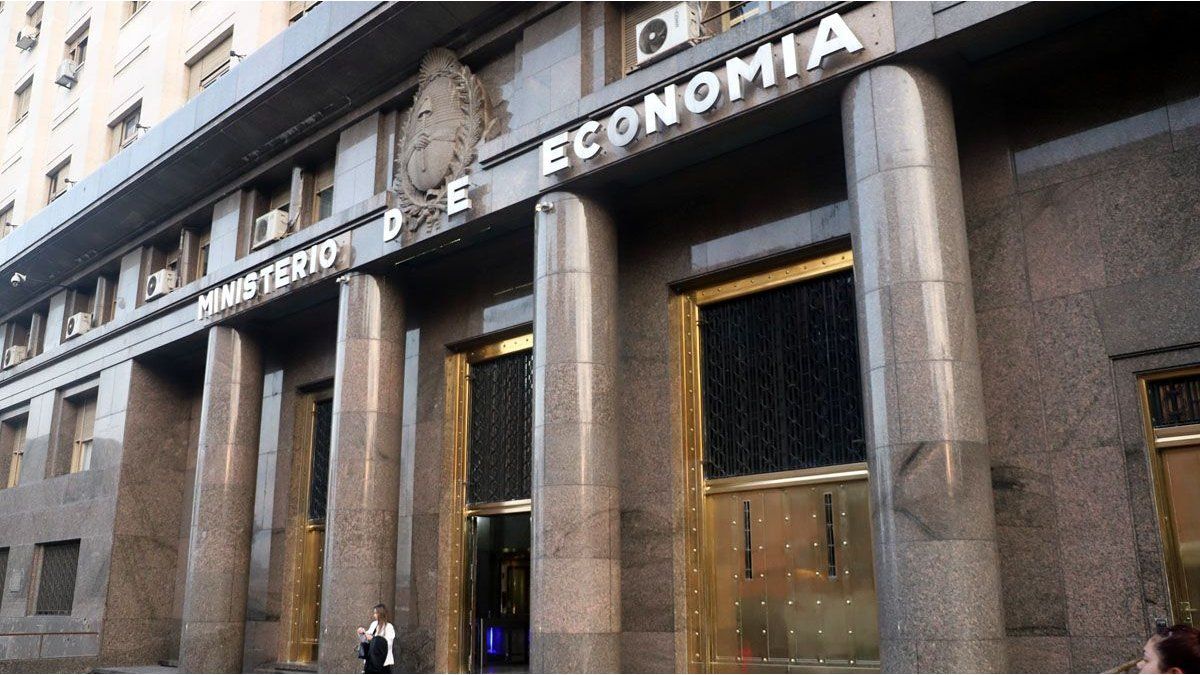Thus, it indicates that, while, weeks ago, the spread was significant, with a Central Bank (BCRA) devaluing at 6.5% per month and the market expecting a devaluation of 9%, currently, the Government has been validating a crawling-peg at a lower rate (somewhat below 6%) and the market expects that, in the first half of 2023, a rate of devaluation will be maintained in the area of 6%.
Dollar Futures: Implied Rate Dynamics
Long-term contracts show a similar trend as they the implicit rate fell to 88% for the dollar in November 2023, when a week ago it was 5 percentage points above that level. However, a market source remarks that “the majority of operations in the future dollar market They are concentrated in the short term: more strongly in the 10-day terms and, secondly, in the 42-day ones”. These data reflect that the market does not envision a sudden devaluation, but a control of the variable, according to the analysts.
As the Eco Go analyst puts it, Lucio Garay Mendez, It is observed that, “in the first eight months of the year, the market expected a devaluation of the peso between the end of this year and the beginning of 2023”. However, he explains that the exchange rates that were implemented with the implementation of the soybean dollarboth in September and now at the end of the year, allowed the BCRA could accumulate reserves without having to devalue.
And it is that what happens, according to the vision of the economist Pablo Ferrari, is that, in the exchange market Many forces interact, including strong financial actors who often promote the idea that an exchange rate jump is necessary, but maintains that “the determining variable to resist these devaluation pressures is the amount of reserves that the BCRA has”.
CENTRAL BANK
NA
In this sense, Ferrari points out that, in recent times, “a moderation of short-term devaluation expectations is observed, there is a lower demand for coverage and this responds to the fact that the BCRA has been adding international reserves.”
Dollar: battle won for the BCRA
In this context, he points out that there is a lower demand for coverage. In fact, this Tuesday contracts for US$120 million were traded in the Rosario Term Market (ROFEX), which is the place where the future dollar is traded. It is a low volume due to the reduced hours of the holiday, but, according to some sources, in recent days averages of US$500 million per day have been recorded.
“So, the lower devaluation expectations in the short term have been allowing the BCRA improve your short position in dollar futures: in fact, The last data for October amounted to US$1.340 million, far from the almost US$7.100 million in July”Manoukian contributes.
Clearly, as Garay Méndez affirms, the dynamics of income of dollars to the BCRA “It made the entire futures curve fall and, in that sense, the battle was won by the Central”. Thus, he anticipates that, as long as the soybean dollar works, the government strongly reduces the chances of devaluing.
“The BCRA has still been showing its strong intention not to devalue thanks to the fact that it managed to gain firepower with the least intervention in the futures market, with the entry of the soybean dollar and funds from international organizations, in addition to the increased controls on imports”, Manoukian highlights in this regard. And he assesses that this helps to calm the waters.
Dollar: what is the market looking at now?
However, he also points out that one element that is playing at the moment is the fact that, given the amount of exchange rates that have been implemented, the official dollar has been losing entity as a reference value, which could also be reducing interest in the futures market of the US currency on the horizon of the operators. “Many companies have left the official exchange market and that is why they no longer have so much interest in taking refuge in these contracts,” summarizes the Ecolatina economist.
And, at this point, Garay Méndez affirms that the weight accountwhich also plays an important role. “Today the positive real interest rate generates pressure on the excess pesos already existing in the economy, and if it continues like this, this would increase the need to resort to a devaluation,” warns. Thus, he anticipates that, going forward, the market will closely follow how many pesos are issued and how many dollars the Central absorbs to see how it trades in the futures market.
Source: Ambito
I am a 24-year-old writer and journalist who has been working in the news industry for the past two years. I write primarily about market news, so if you’re looking for insights into what’s going on in the stock market or economic indicators, you’ve come to the right place. I also dabble in writing articles on lifestyle trends and pop culture news.




